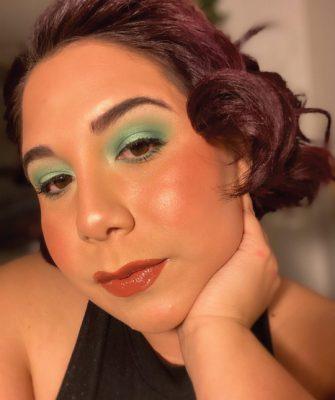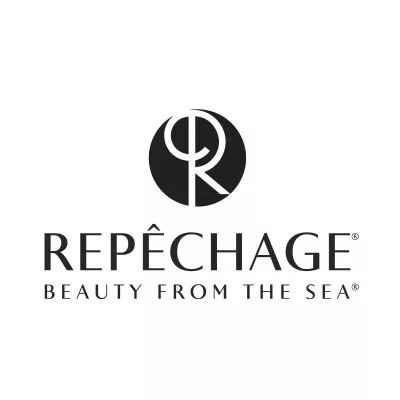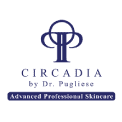New Developments in Esthetics – Guest Student Blogger Jessica Reveals New Treatments
Every day scientists around the globe are pioneering new technologies in skin care. This vibrant industry is brimming with innovations to address a broad spectrum of concerns, from acne to wrinkles and everything in between.
Sifting through this abundance of information can be difficult. Here are a few recent achievements that are on the minds, and skin, of many skin-care professionals worldwide.
A Sonic Solution to Aging Eyes
Consumers are buzzing with enthusiasm over vibrating skin care and cosmetic products. Whether its mascara wands, foundation applicators, or facial scrubbers, these quivering gadgets are all the rage. And just when we think nothing else could be made to vibrate, we are surprised with something new.
Developers over at Clarisonic, the brand made famous by their facial cleaning system, have done just that with the new Clarisonic Opal. The Opal uses sonic vibrations to infuse serums and creams into the delicate skin around the eye.
The patting motion that women often perform with their finger when applying eye treatments inspired the concept. In tests, researchers found that this application technique was less effective than once thought, primarily due to the convex curve of finger against skin, and the direct downward motion of tapping, which results in much of the product being pushed to the side rather than driven into the intended location. The pad on the Opal has a slight concave curve which, when accompanied by stroking it back and forth along the eye area, increases penetration. The vibrations also play a key role by slightly pulling the skin into the curved head to insure the entire area is infused and air pockets are eliminated, as well as stimulating and increasing circulation.
Clarisonic has also developed a serum to accompany the device, although it can be used with most eye creams and serums available. No adverse reactions have been found in clinical trials, which were preformed on women age 18 to 65.
Related Links:
o http://www.cosmeticsandtoiletries.com/research/techtransfer/99647814.html
o Clarisonic
Lumixyl: The Latest Skin Lightener
Since hitting shelves in March of 2009, Lumixyl has been turning heads—and brightening complexions. Using hydroquinone-free lightening technology, Lumixyl is making headlines as the “first science-based innovation in skin brightening in two decades.”
The Lumixyl line is produced by Envy Specialized Skincare, the makers of SilkPeel and SilkPeel Body. The line is designed around its revolutionary active ingredient Decapeptide-12. Decapeptide-12 is a synthetic peptide, developed at California’s own Stanford University, that has been found to cause lightening and conditioning of the skin when applied topically. It can be used to treat post-inflammatory hyperpigmentation, photodamage, age or liver spots, hyperpigmentation due to disease or prescription drugs, and recent studies suggest it may even be beneficial for melasma.
Lumixyl may give Hydroquinone, the current leader in skin lightening, a run for its money. Studies have shown it be equally effective at much lower concentrations and not cause sun sensitivity. Lumixyl’s 4-step treatment system, which is appropriate for all skin types, consists of the Active-Prep Cleanser, Topical Brightening Crème, GlycoPeel 20 Rapid Exfoliating Lotion, and Moisture-Lock Sunscreen SPF 30. Results can be expected in 8 to 10 weeks using the Lumixyl Topical Brightening Crème alone or more rapidly if using the 4-step system as a whole.
Lumixyl has been found safe on Fitzpatrick skin tones I to IV, but has not yet produced tests on African Americans or any subjects of Fitzpatrick V tone.
Related Links:
Genetic Test to Predict Cellulite
An estimated 80% of women will develop cellulite in their lives. A new test hopes to help reduce that number. With a simple swab inside the cheek, the CelluliteDX Genetic Test can help a doctor predict if a patient is genetically predisposed toward moderate to severe cellulite (gynoid lipodystrophy).
While cellulite and it’s causes are still not fully understood, researches have found a strong link between the gene that encodes a specific enzyme, angeotensin I-converting enzyme (ACE), and the development of moderate to severe cellulite. Introduced in June 2010, CelluliteDX analyzes this gene to determine if the patient has the variations that are more likely to someday lead to cellulite development.
So you’ve taken the test and discovered you are destined for cottage-cheese thighs; now what? The goal of CelluliteDX is to enlighten women to this potential so that they may begin preventative care, stopping the lumps and bumps before they ever start. Current cellulite therapies do a poor job of reversing cellulite, but acting early can help to ensure a dimple-free future. This can include diet and exercise as well as using popular therapies such as VelaShape or Reaction.
Related Links:
Feel free to post questions in the comments section and we’ll get back to you.
Thank you for reading the blog,
Jessica, Senior Esthetics Student at Bellus Academy


















